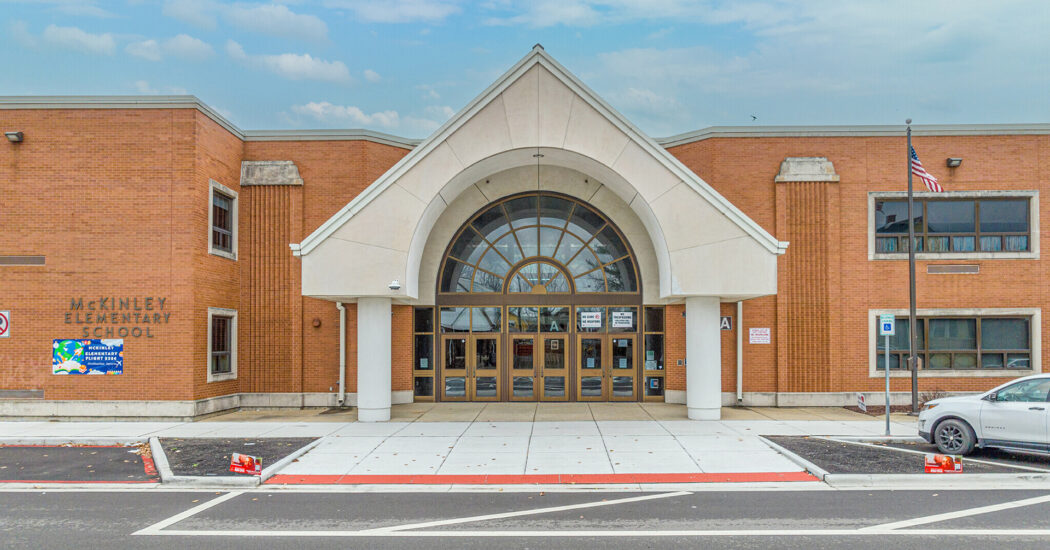How to Design Academic Spaces for Tomorrow’s Professionals
-
Category
Studio-Higher Ed, Innovation -
Posted By
Sarah Hempstead -
Posted On
Mar 24, 2020
As a facilitator of higher education, you strive to provide the highest quality educational experience for your students.
How you achieve that mission varies, and professional programs—such as nursing, engineering, or law—present unique challenges and opportunities. Just as you customize the academic requirements for each professional school, each warrants a customized educational environment as well. These environments must be tailored to develop students with the soft skills (creativity, teamwork, communication) and hard skills necessary to succeed in the workplace, including acquiring necessary licensure.
To produce successful licensed practitioners, courses in many professional schools are taught by faculty who hold those same licenses and actively practice in their field. These faculty often work outside the university, either in a full- or part-time capacity, and they have an active pulse on the rapidly changing professional landscape.
This heavy integration between students and working professionals creates a unique stakeholder dynamic when designing a professional academic facility. Working professionals can be valuable resources in navigating the current workplace landscape, the “future state” of their profession, and how both can best impact the design of a new facility.
Good building programming integrates the input and experience of students, administrators, professors, and teaching/practicing professionals to design a space that properly prepares students. Some useful questions to ask yourself and these stakeholders during the design process might include:
- What are the exam requirements or other steps students must take to obtain their license or certifications? How can they best prepare for those requirements (i.e. together, alone, online, in a lab, through simulation, in an internship, on site with potential employers, etc.)?
- What are the trends professionals are seeing in the current workforce? Which of these do they see as fads versus real shifts in how and where work is done?
- What skills—hard and soft—do employers expect your students to have when they graduate? What do employers expect to teach them as interns or employees?
- Where do programs fail to teach the needed skills? How can the building help bridge that gap?
- What characteristics do employees who excel in this field possess? How can you build those skills in your students?
- How will technology changes impact this field? What technology is being utilized now? What is next?
- How can the facility make it easy for working professionals to be involved in the educational program? Do they need hotel space? Space to interview students for internships or full-time employment? The support of graduate students or other staff to facilitate teaching?
You are likely asking many of these questions on a regular basis to ensure your academic programs continue to serve students well. But the answers to these questions must also inform the design of your facility, allowing exemplary education to occur.
For example, the Butler University College of Education wanted to cater their academic program to a philosophy of education focused on transparency and collaboration. The design, created in close partnership with the College’s education professionals, was specifically designed to prepare future teachers for the evolving environment of the modern classroom. This included the integration of new pedagogies, as well as students with a variety of complex physical and emotional needs. The new space features flexible classrooms and moveable walls to allow for experimentation, lots of glass to promote visibility of learning, and a makerspace and break-out spaces for creative collaboration.
Your ultimate goal is to create an adaptive, content rich, flexible training ground for students’ chosen professions. By asking the right questions and fully integrating the expertise of your working professionals, your professional building can be a space that builds the foundation for successful, fulfilling careers.
Want to talk about your campus’ specific needs? Reach out to our higher education experts!








